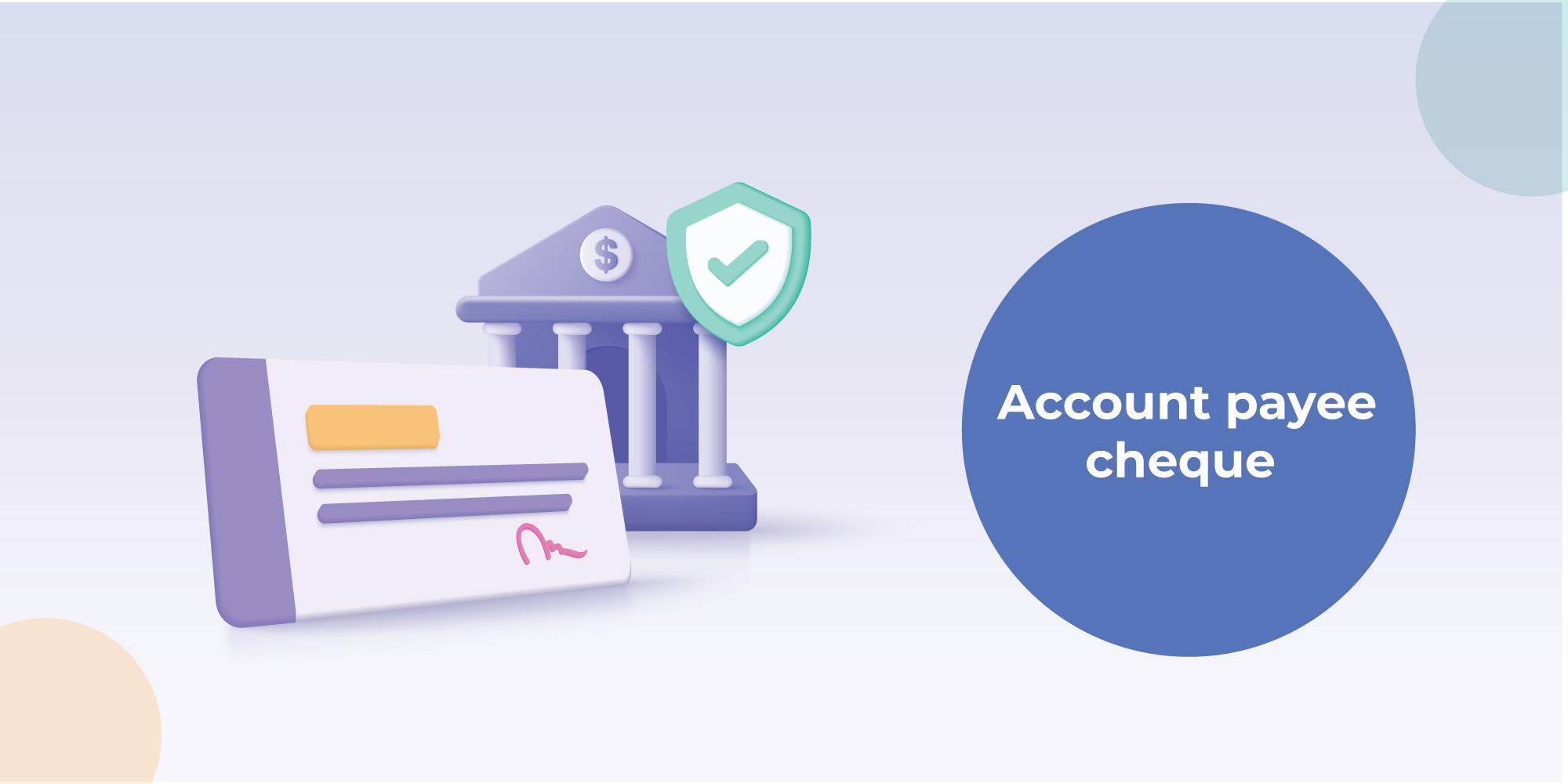Account Payee Cheque: Key Features & How to Deposit
Reviewed by: Fibe Research Team
- Updated on: 12 Dec 2024
Reviewed by: Fibe Research Team

An account payee cheque is also known as a crossed check, which has two parallel lines mentioned on the top left. Between the two lines, you need to write ‘A/C payee’. Irrespective of many digital options, cheques are one of the popular ways of making financial transactions.
One of the main reasons for choosing cheques as a payment option is because of the security and the simplicity. If you are not aware of what is a payee cheque, read on to know all its key features and benefits.
An account payee cheque is different from a regular one due to the reason that you cannot withdraw cash through it. Also, nobody else can deposit it other than the recipient of the funds.
Below listed are some of the key features of AC payee cheques.
Creating an account payee cheque is simple. Just follow the steps mentioned below.
You can deposit the cheque by following this process:
If the drawer has funds available in the account, it may not take up to 4 days for the cheque to get cleared with accurate details.
This type of cheque is secured as the bank initiates payment only in the account of the payee. As a payee, you cannot entrust anyone else to receive funds, and this feature works to boost safety. It is important to note that the check is only valid for a total of 90 days.
This type of cheque can be used easily to ensure hassle-free transactions. It helps easily clear your credit card bills or pay loan EMIs. Moreover, you can use it to send and receive funds from anyone.
If you are searching for affordable personal loan offers to meet your financial needs, look no further than Fibe. We offer Instant Personal loans from ₹5,000 to up to ₹5 lakhs at pocket-friendly rates. All you need to do is download our Personal Loan App or register on the Fibe website to get funds quickly and easily.
You can make a cheque as an account payee by drawing two parallel lines on the left top of a cheque.
You can encash the cheque by following the process mentioned below:
Wherever the cheque has been issued, and the drawer holds an account, it is necessary to visit that bank branch.
No. A crossed cheque does not allow you to cash it. The meaning of a crossed check means that it can only be deposited within a bank account.
No, these cheques are highly secure and cannot be encashed by anyone. The amount will be deposited in the recipient’s bank account only.
A payee is the recipient who receives the amount for a particular transaction.
The validity of the cheque is 3 months or 90 days.
If it belongs to the same bank as yours, account payee cheque clearance time can be within the same day. If the cheque is from a different bank, it takes up to 3 working days for clearance.
It means that the following cheque can only be deposited into a bank account where the bank cannot instantly cash the cheque amount.
There is no such limit for the account payee cheque. Meanwhile, the account payee cheques are drawn by banks for credit solutions customers.
Yes. In most of the cases, you can deposit a payee cheque in any bank branch. However, you need to write the words ‘Payable at Par’ on the cheque.